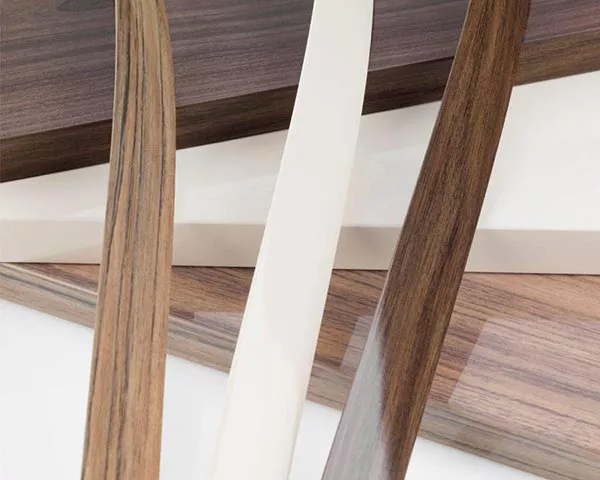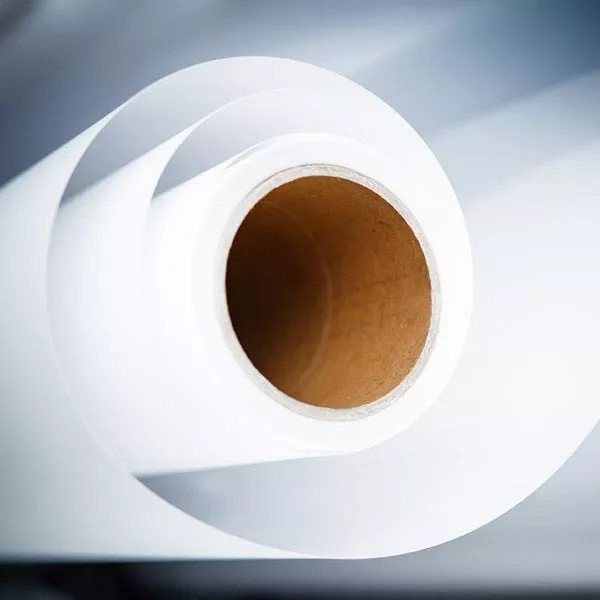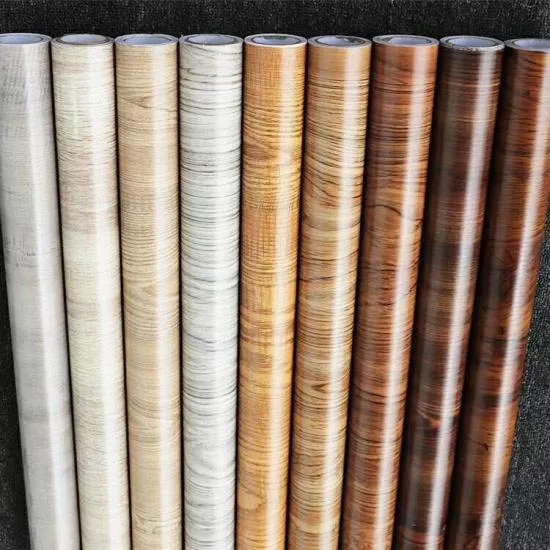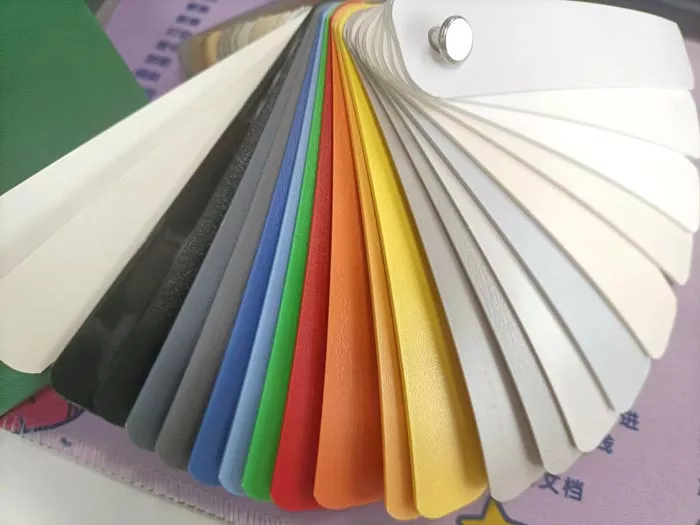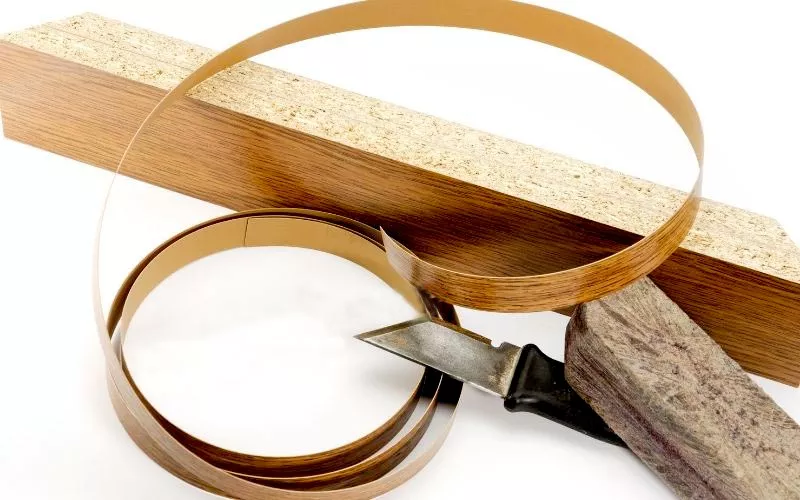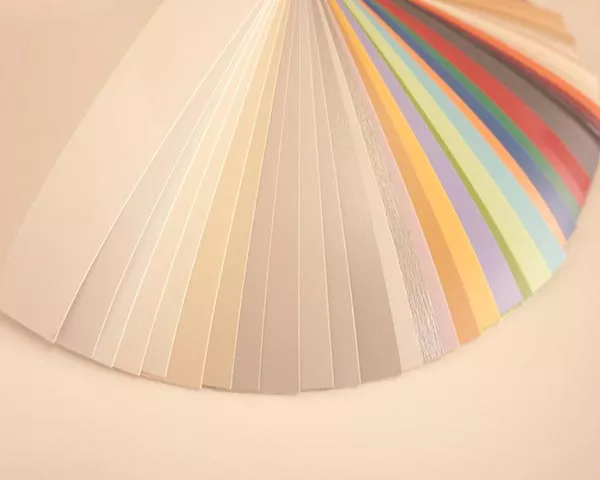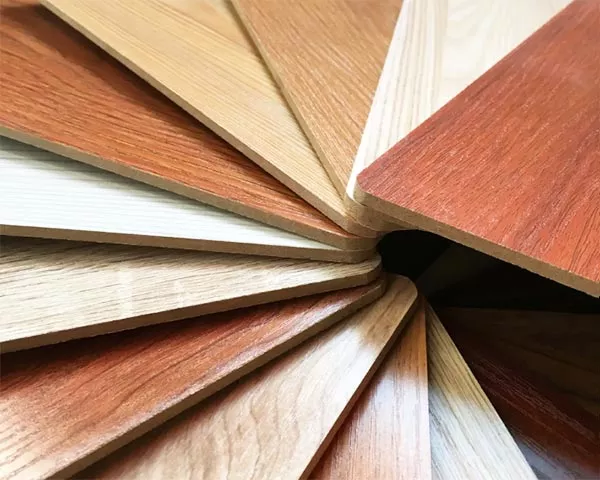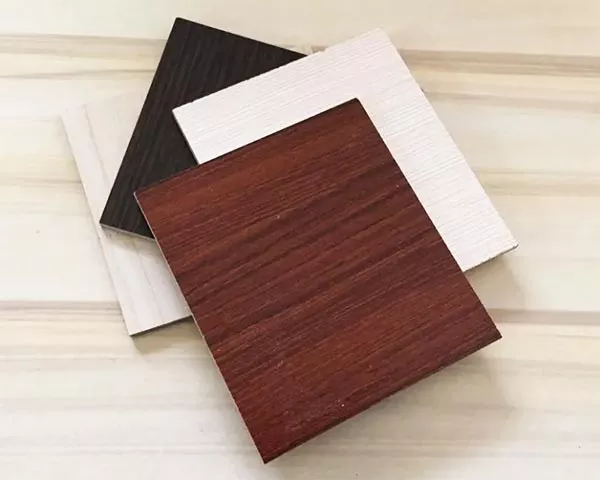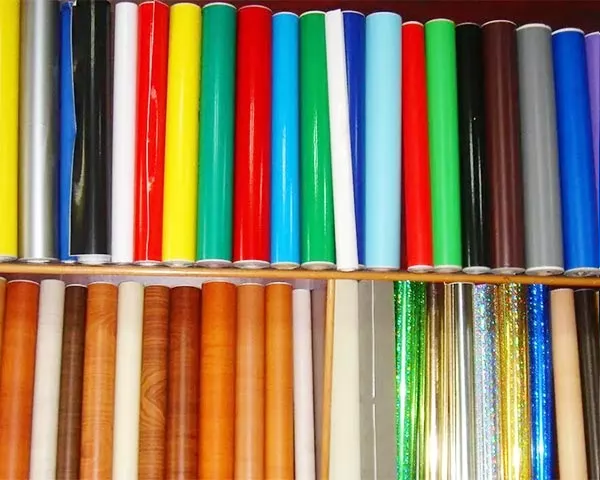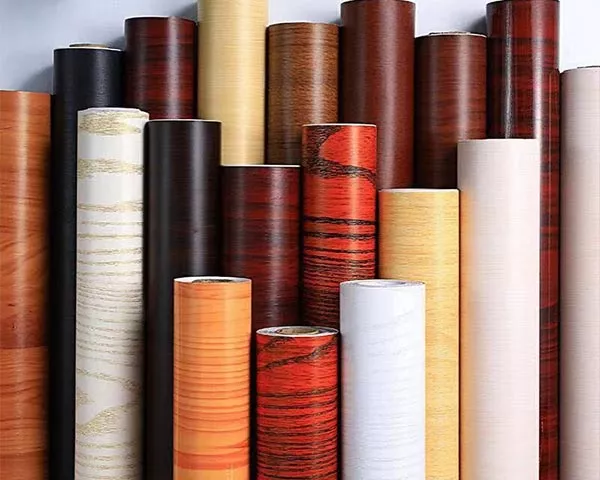To extend the life of your PVC edge banding, consider painting it. You can find white or colored PVC edge banding, and you can easily prepare the edge band for painting using the following tips. Sandpaper and tack cloth will make the painting process easy, and if you need a more permanent finish, you can also prime the edge band before painting it. PVC edge banding is inexpensive and comes in different colors.
Preparation of a PVC edge band for painting
When applying a new paint, it is important to carefully prepare the surface of a PVC edge band before painting. The low surface energy of PVC makes it difficult to paint, although it can be painted with some care. Recently developed paints have been formulated to adhere well to PVC. The process is quite straightforward, but proper preparation is necessary to avoid damaging the edges of your PVC edge band.
Clean the surface of the edging
The first step is to clean the surface thoroughly. A dirty surface will not allow the paint to adhere. Make sure that the surface is clean and free of dust or other debris. Then, prepare the surface with the hot melt adhesive. Once the adhesive is hot, it will adhere to the painted surface. Then, allow the adhesive to dry for a few minutes. If you are using a hot melt adhesive, be sure to carefully follow the instructions for applying it.
Cover the edging on the edge of the furniture
If you’ve recently bought PVC furniture, you might have noticed that it has raw edges. While these edges are unsightly, they’re also vulnerable to moisture and insect damage. This kind of unsightly edge can also diminish the overall beauty of a home. Luckily, PVC edge banding solutions can remedy these problems. By covering and sealing the edges of your PVC pieces, you can be confident that you’ll get the finish you’ve always wanted.
You can use hot melt adhesive to apply PVC edge banding to your painted cabinets. It’s essential to remove any nails that might be visible, as they’ll show through the edge band and weaken the bond. The adhesive should also be suitable for painting, so be sure to use an adhesive that has the correct adhesion properties. When using hot melt adhesives, it’s important to prepare the edge banding material for painting.
Tips to apply edging
First, cut the PVC edge band to fit the panel. Cut the edge banding to be one inch longer than the panel’s length. If you’re using adhesive, you’ll want to cut a strip of one inch longer than the length of the panel, and use scissors to cut it. Once cut, unfold the edge banding and check for splice lines. These appear randomly on the roll and are generally invisible when the clear coat is applied, but you’ll want to check for them if they’re noticeable. The clear coat generally paints on the wood grain edge banding, solid color, matte design edge banding.
Applying paint on PVC edge banding
There are a few different methods of preparing PVC edge banding for applying paint. The most common one involves sanding or scuffing the banding with a tack cloth. Then, you can apply paint to the banding. If you are not confident in your paint application, you can try applying hot melt adhesive. This method adheres to well-prepared painted surfaces.
To prepare the PVC edge banding for applying paint, you first need to remove any wax on the surface. You can use sanding paper instead of a power sander. Be sure to sand the edges in all directions to prevent striations. If you use acetone, do not use it because it can harm the surface of PVC by raising the surface energy and causing it to swell.
To prepare PVC edge banding for painting, follow the manufacturer’s instructions. Always remember to apply the glue in a well-ventilated area. Make sure to apply the adhesive to the entire edge of the material. Then, press it down, working from one end to the other and across the length of the banding. This will eliminate any air trapped beneath the banding and even out the adhesive underneath.
Benefits of PCV edging banding
Using PVC edge banding is a great way to protect your furniture from moisture and environmental damage. It also prevents the release of formaldehyde from the wood within the piece. It also adds a decorative effect to furniture. This type of plastic edge banding can be applied to curved surfaces, and you can buy different colors to match the decor of your home. You will be able to find the right color and finish for your project.

